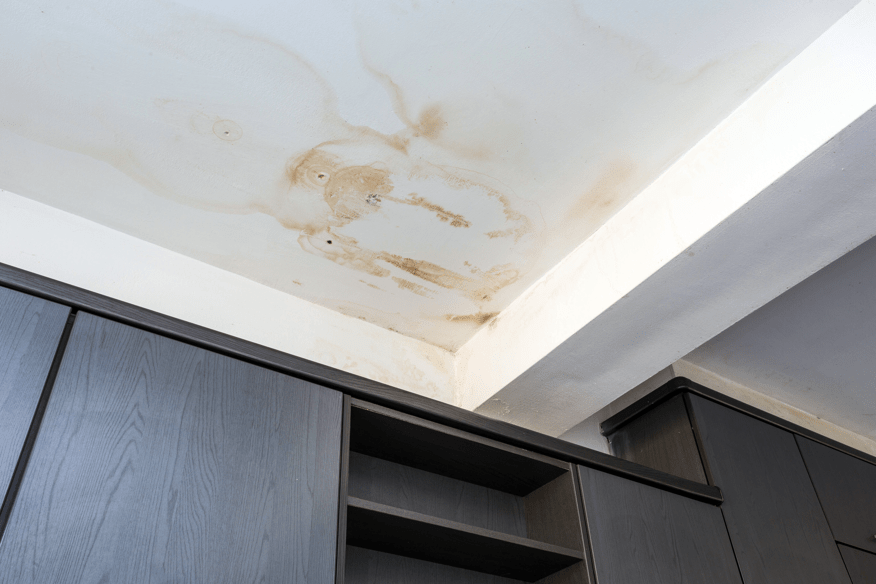Do's & Don'ts of Water Restoration.
Do's & Don'ts of Water Restoration.
Blog Article
How do you really feel when it comes to Reducing Your Risk Of Water And Fire Damage At Home?

Though water offers life, water intrusion on components where it's not supposed to be can lead to damages. If the water saturates into your structure, it can peel off away surface areas and deteriorate the structure. Mold and also mildew also thrive in a damp atmosphere, which can be dangerous for your health and wellness. Homes with water damages scent moldy and also old.
Water can originate from numerous resources such as tropical storms, floodings, burst pipelines, leakages, as well as sewage system problems. In case you experience water damages, it would be great to recognize some safety precautions. Right here are a couple of standards on exactly how to deal with water damages.
Do Prioritize House Insurance Insurance Coverage
Water damage from flood because of heavy winds is seasonal. You can likewise experience a sudden flooding when a damaged pipe unexpectedly breaks into your house. It would certainly be best to have residence insurance that covers both acts of God such as natural catastrophes, and also emergency situations like damaged plumbing.
Do Not Neglect to Switch Off Energies
This cuts off power to your entire home, protecting against electric shocks when water comes in as it is a conductor. Don't neglect to turn off the main water line valve.
Do Keep Proactive and also Heed Climate Alerts
Storm floodings can be really uncertain. If there is a background of flooding in your area, stay positive and also prepared. If you live near a lake, river, or creek , listen to emptying cautions. Obtain valuables from the ground floor as well as basement, then put them on the highest possible level. Doing so reduces potential building damages.
Do Not Disregard the Roofing System
Before the weather condition turns shocking, make certain you have a roofing inspection. Actually, it would be prudent to obtain this service annually as it can alleviate complex concerns. You can avoid rain damage if there are no holes as well as leakages in your roof covering. Your roofing professional will certainly likewise deal with malfunctioning seamless gutters or any other indications of weakening. This will avoid water from flowing down your walls and also saturating your ceiling.
Do Take Notice Of Tiny Leaks
A ruptured pipeline does not happen over night. You might notice bubbling paint, peeling wallpaper, water streaks, water stains, or dripping noises behind the walls. Have your plumbing repaired before it results in huge damage.
Don't Panic in Case of a Burst Pipeline
Maintaining your presence of mind is important in a time of dilemma. Since it will suppress you from acting quick, panicking will just intensify the problem. Timing is crucial when it comes to water damage. The longer you wait, the even more damage you can anticipate. Thus, if a pipeline bursts in your house, immediately shut down your main water shutoff to cut off the resource. Then disconnect all electrical outlets in the area or shut off the breaker for that part of your home. Ultimately, call a credible water damages repair professional for assistance.
Water offers life, water invasion on parts where it's not supposed to be can result in damages. Houses with water damages smell old as well as mildewy.
Water damages from flood charges to heavy winds is seasonal. You might discover bubbling paint, peeling wallpaper, water touches, water spots, or trickling audios behind the walls. When it comes to water damages, timing is essential.
Some Do's & Don't When Dealing with a Water Damage
DO:
Make sure the water source has been eliminated. Contact a plumber if needed. Turn off circuit breakers supplying electricity to wet areas and unplug any electronics that are on wet carpet or surfaces Remove small furniture items Remove as much excess water as possible by mopping or blotting; Use WHITE towels to blot wet carpeting Wipe water from wooden furniture after removing anything on it Remove and prop up wet upholstery cushions for even drying (check for any bleeding) Pin up curtains or furniture skirts if needed Place aluminum foil, saucers or wood blocks between furniture legs and wet carpet Turn on air conditioning for maximum drying in winter and open windows in the summer Open any drawers and cabinets affected for complete drying but do not force them open Remove any valuable art objects or paintings to a safe, dry place Open any suitcases or luggage that may have been affected to dry, preferably in sunlight Hang any fur or leather goods to dry at room temperature Punch small holes in sagging ceilings to relieve trapped water (don't forget to place pans beneath!); however, if the ceiling is sagging extremely low, stay out of the room and we'll take care of it DO NOT:
Leave wet fabrics in place; dry them as soon as possible Leave books, magazines or any other colored items on wet carpets or floor Use your household vacuum to remove water Use TV's or other electronics/appliances while standing on wet carpets or floors; especially not on wet concrete floors Turn on ceiling fixtures if the ceiling is wet Turn your heat up, unless instructed otherwise

Do you enjoy reading about 5 Home Safety Tips To Reduce The Risk Of Fire And Water Damage? Place a comment further down. We'd be interested to know your views about this page. We are looking forward that you visit us again soon. Sharing is caring. One never knows, you might be doing someone a favor. Many thanks for going through it.
Report this page